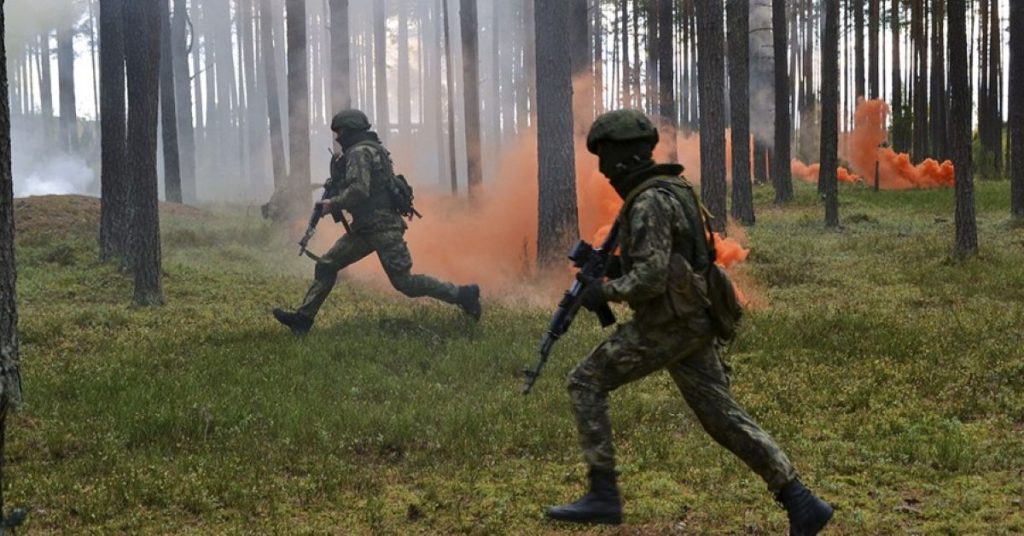It’s putting a strain on the Ukrainian defenses, he admits.
Others are reading now
It’s putting a strain on the Ukrainian defenses, he admits.
What is happening?

Russian troops are now using small, mobile assault teams to breach Ukrainian defenses.
According to Ukraine’s top military commander, Oleksandr Sirsky, these teams typically consist of just four to six soldiers, aiming to infiltrate deep into Ukrainian lines while avoiding detection.
A strategic change since Summer

“Since the beginning of the summer, the enemy’s tactics have changed,” General Sirsky said during a press briefing with journalists, according to AFP.
The previous reliance on large-scale offensives appears to be giving way to more agile, lower-profile incursions on the eastern front.
The ‘thousand cuts’ approach explained
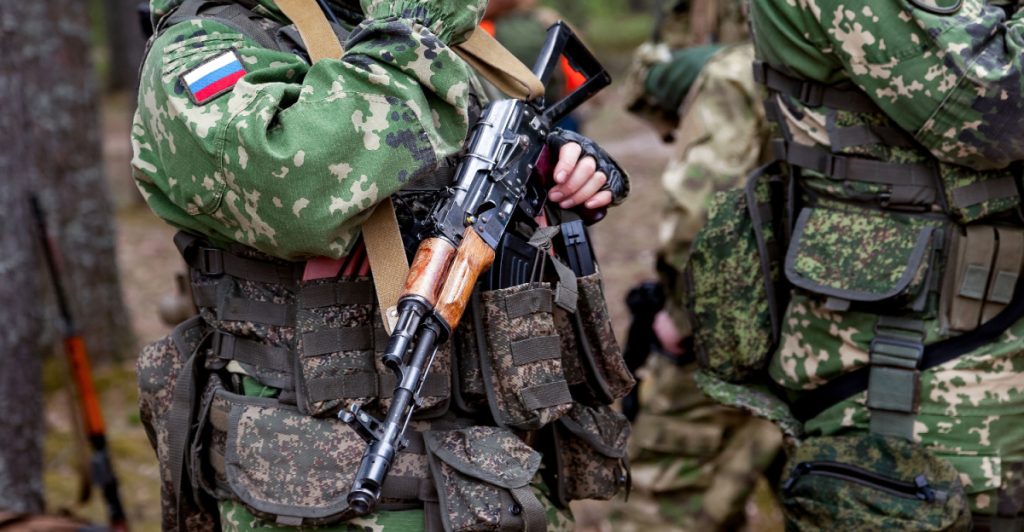
Also read
Sirsky compared the strategy to a “thousand cuts” — a method of exhausting the opponent through continuous, small-scale attacks.
The goal is to destabilize Ukrainian logistics and force constant repositioning without committing large troop formations to high-risk assaults.
Small units, big impact
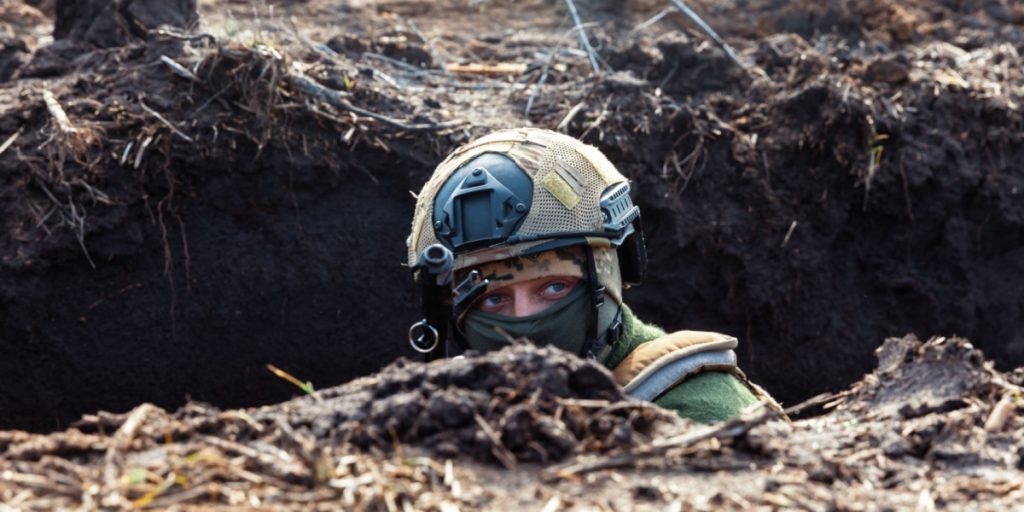
These micro-assault teams are tasked with penetrating as far as possible without detection.
Even minor advances are counted as successes if they disrupt Ukrainian operations or allow Russian troops to raise their flag and claim symbolic victories.
Psychological warfare on the ground
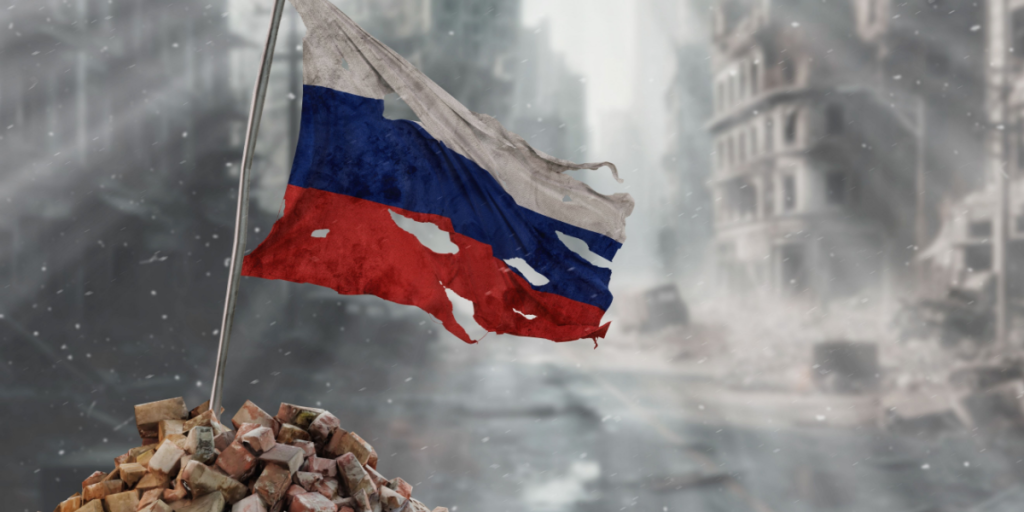
By occupying even small patches of territory, Russian forces project the illusion of momentum.
Also read
“They declare their presence and raise their flag,” said Sirsky, emphasizing that such acts are intended as much for propaganda as for military value.
Activity spotted in Donetsk and Dnipropetrovsk
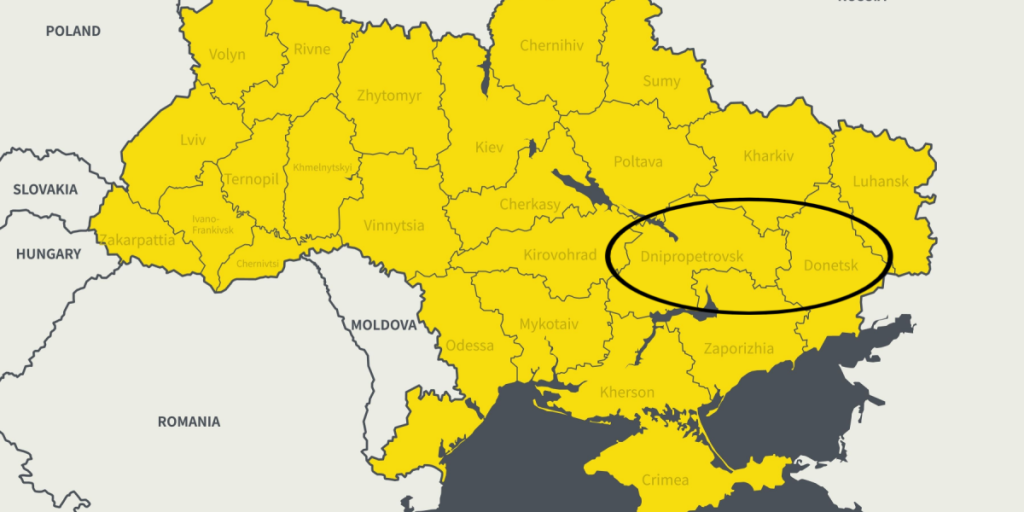
Sirsky noted that Russia has been employing this tactic around the city of Dobropillia in the Donetsk region and also in parts of the Dnipropetrovsk region — areas where Russian troops had not been seen since the early days of the 2022 invasion.
Ukrainian defenses under strain
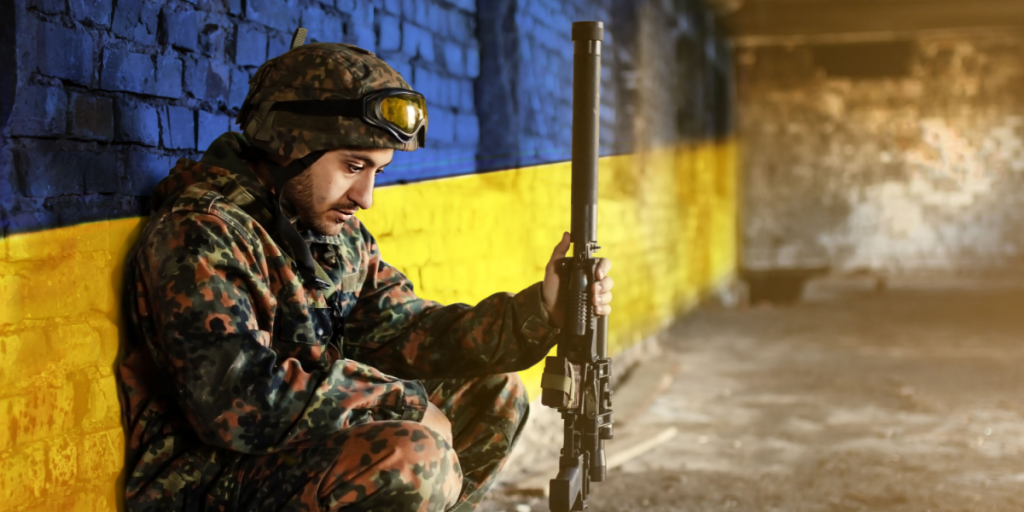
The expanded use of these dispersed units is placing additional pressure on Ukrainian defenders, who must stay alert across a sprawling battlefield.
This constant stress can sap resources and morale, even when the advances seem minor.
Frontline now stretches 1,250 Kilometers

Ukraine’s defensive line has grown by 200 kilometers over the past year, now totaling 1,250 kilometers (nearly 777 miles).
Also read
Sirsky admitted the situation is “difficult,” with Russian forces advancing in critical sectors, including Pokrovsk and Dobropillia.
Russia gains ground in the Northeast
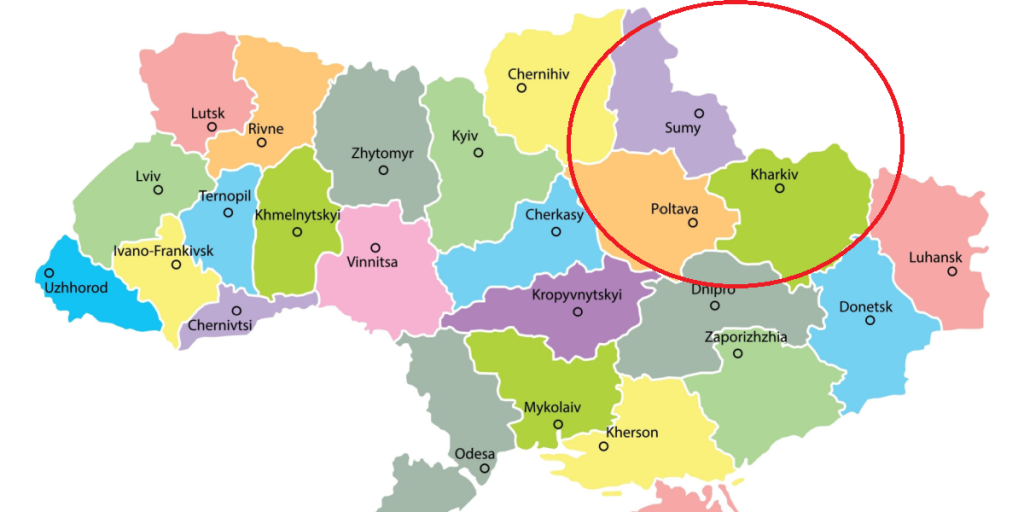
In addition to movements in the east, Russia recently announced the capture of Yunakivka, a village in Ukraine’s northeastern Sumy region.
While not a major military prize, it signals the continued spread of Russia’s low-intensity offensives.
Only 1% territory gained — but it matters
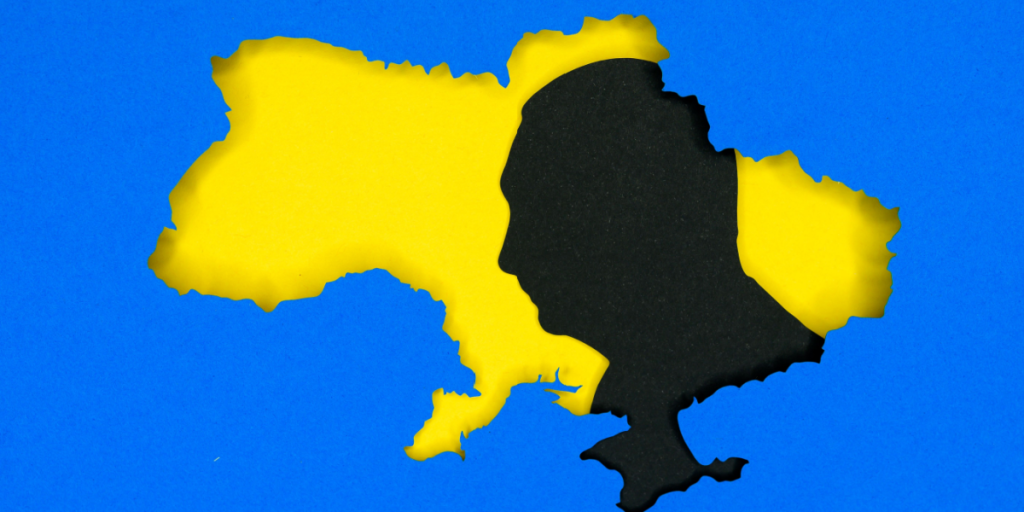
Despite a year of fighting, Russia has captured only around 1% of Ukrainian territory, according to AFP’s analysis of data from the Institute for the Study of War (ISW) and the Critical Threats Project (CTP).
Yet even marginal gains complicate Ukraine’s defense strategy.
Ukraine strengthens air defenses
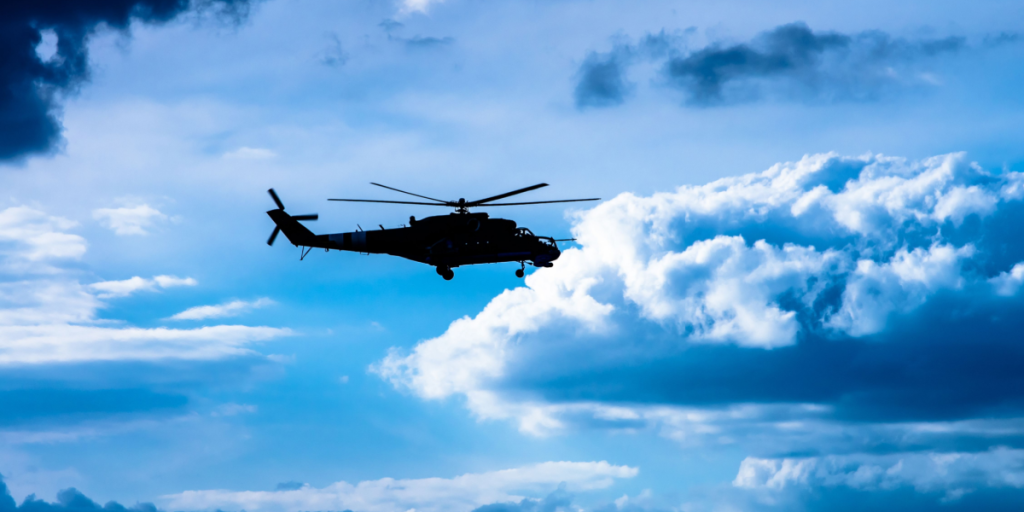
Also read
As Russian air strikes intensify, Ukraine is ramping up its air defense tactics.
Sirsky noted the increased deployment of helicopters and lightweight aircraft to intercept attack drones — measures that have proven “effective” in recent months.
A war of endurance and adaptation

With neither side gaining decisive momentum, the conflict has become one of adaptation and attrition.
Russia’s shift toward smaller, harder-to-track units adds a new layer of complexity to a war that continues to evolve, inch by inch, day by day.
This article is made and published by Jens Asbjørn Bogen, who may have used AI in the preparation

